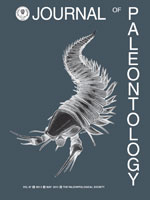The Asterozoa as traditionally recognized is monophyletic, although ancestry within the Echinodermata is unknown. The asterozoan class Somasteroidea is most readily recognized by presence of series of simple ossicles termed virgals that extend laterally from each ambulacral ossicle. Virgal series reduction to two or three together with ossicular specializations provide apomorphies of the class Stenuroidea (new ranking). Both asteroid-like and ophiuroid-like configurations as well as expressions less suggestive of those of the surviving classes emerged within stenuroids during an early period of diversification. The classes Ophiuroidea and Asteroidea are separate lineages marked by virgal series reduction to a single ossicle and other ambulacral column specializations. It is uncertain whether one or both surviving classes were derived directly from somasteroids or originated through stenuroids. All three of the derived asterozoan classes can be argued to be either monophyletic and thereby justifying class status, or alternatively either paraphyletic or polyphyletic and thereby indicative of multiple plesions; here, monophyletic class-level status is favored for all three.
How to translate text using browser tools
1 May 2013
Early Asterozoan (Echinodermata) Diversification: A Paleontologic Quandary
Daniel B. Blake
ACCESS THE FULL ARTICLE

Journal of Paleontology
Vol. 87 • No. 3
May 2013
Vol. 87 • No. 3
May 2013




